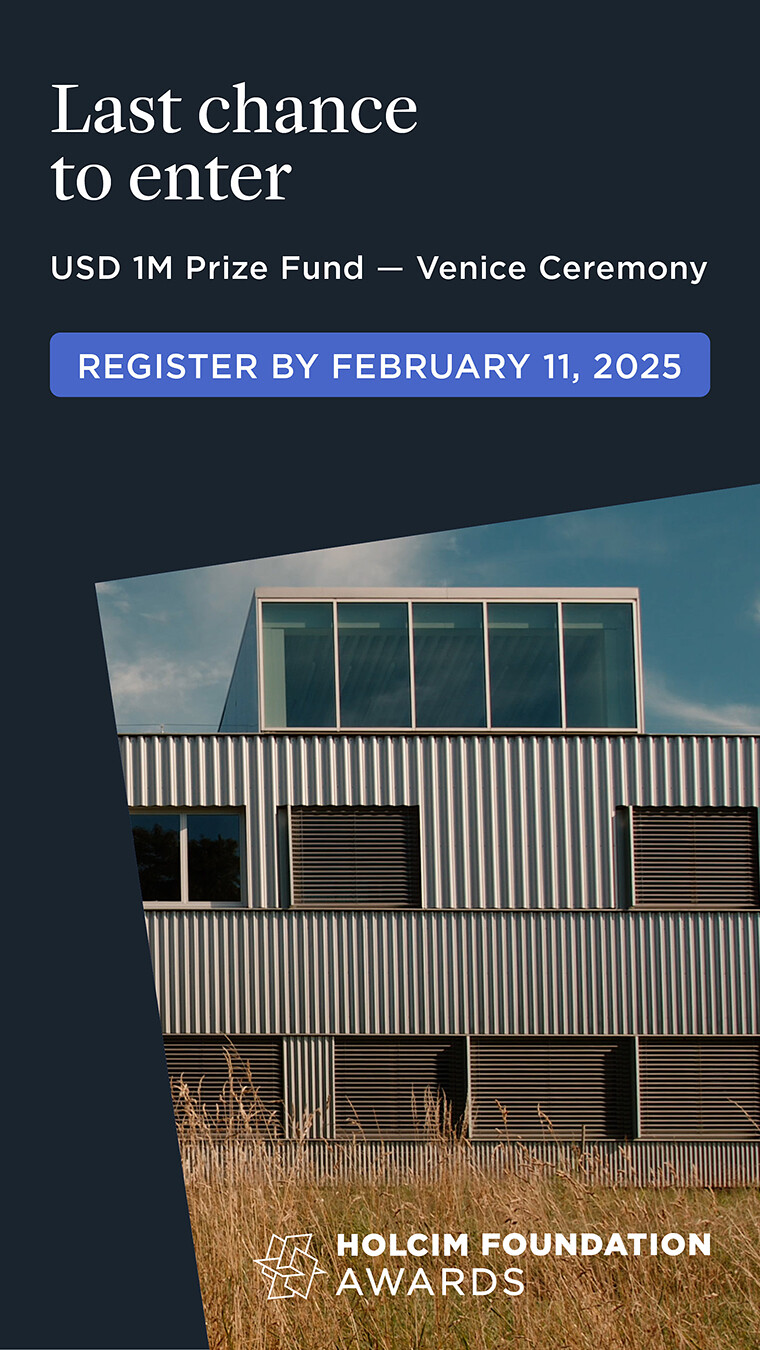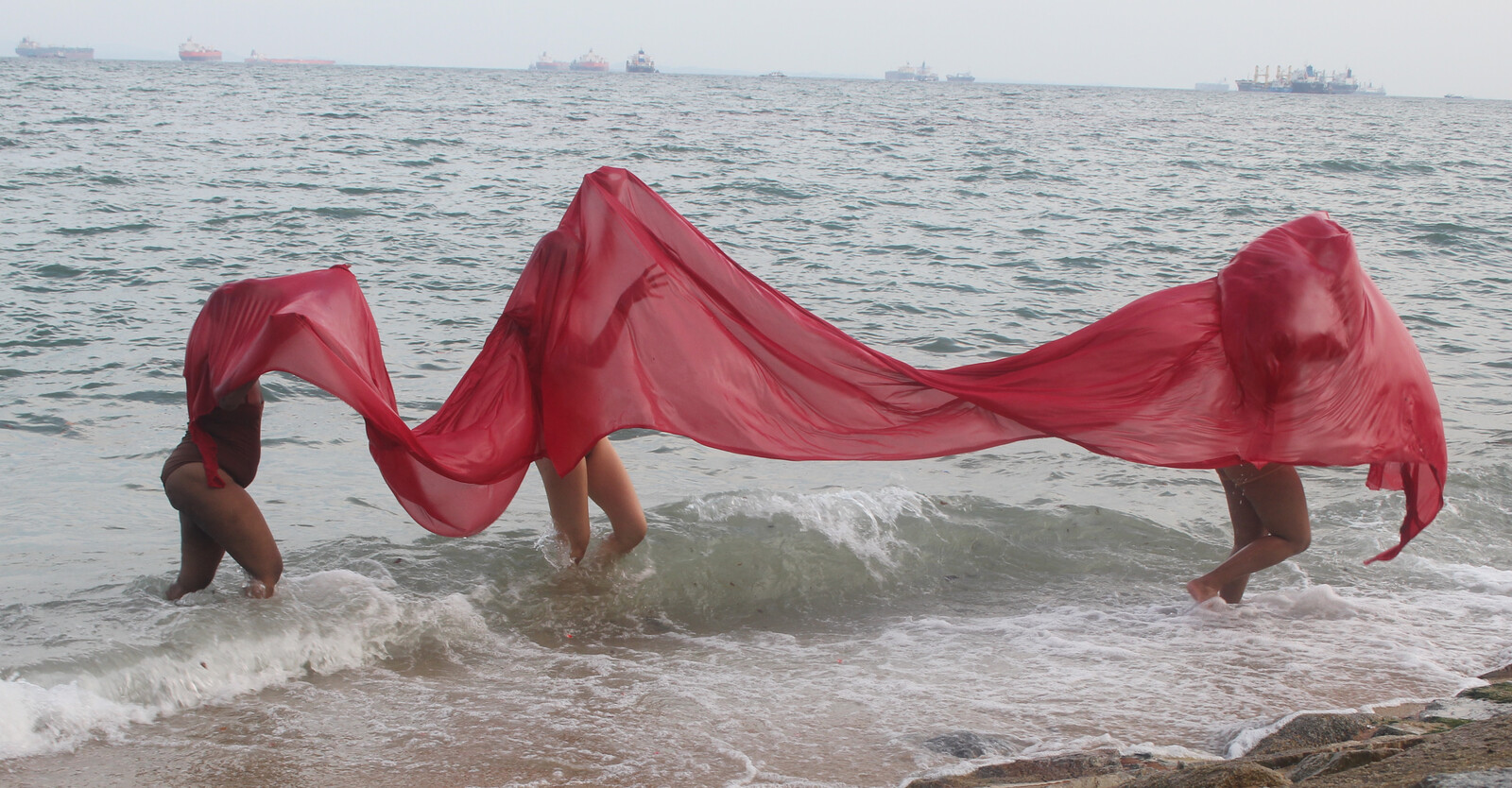March 22–June 23, 2019
Gillman Barracks
Block 6 Lock Road #01-09
Singapore 108934
Hours: Tuesday–Sunday 12–7pm
T +65 6334 7948
ntuccacomms@ntu.edu.sg
with Ade Darmawan (Indonesia), ila (Singapore), Zac Langdon-Pole (New Zealand/Germany), Shubigi Rao (India/Singapore), Lucy Raven (United States), and Melati Suryodarmo (Indonesia)
NTU Centre for Contemporary Art Singapore is pleased to present Arus Balik – From below the wind to above the wind and back again, an exhibition project that initiated from a conversation between Jakarta-based artist Ade Darmawan and Belgian curator Philippe Pirotte. Reconsidering Indonesian author Pramoedya Ananta Toer’s epic book Arus Balik (1995), which could be translated into English as a “turning of the tide,” the eponymous exhibition takes the novel as a starting point to reflect on perspectival shifts in geopolitical, cultural, social, religious, and natural spheres.
In his fictional account, Ananta Toer elaborates on the weakening of the maritime culture of Javanese kingdoms in the early 16th century, the progressive Islamisation, and the beginning of Portuguese occupation on parts of the now Malay and Indonesian peninsula and archipelago. Important is that Pramoeda Ananta Toer’s reversal of perspective as a meta-geographical impulse is comparable to the notion of the “inverted telescope” Benedict Anderson advances in his seminal book Spectre of Comparisons: as a non-Eurocentric method of comparison in which for example Portugal is viewed from the standpoint of Southeast Asia, as through an inverted telescope, which causes a kind of vertigo. Ananta Toer suggests that the final decline of the Majapahit empire, and the “change from traditional independence to colonial possession,” was largely caused by the different Javanese kingdoms having gradually turned their backs to the sea.
The participating artists expand on this prompt through installations, sculptures, films, performances, and texts, both existing works as well as new commissions. Ade Darmawan re-read Arus Balik with a special focus on how protagonists use natural resources, and will create a distilling dispositive with alkaline water from the straits, recalling that all the scrambling for the control of the archipelago was about the extraction of ore and goods. ila questions what it means to be Boyanese, Buginese, Minangkabau, or Javanese through encounters with Singapore residents now conflated as Malay. Their testimonies will be written on her body and wither, while exposed to salty water and weather on reclaimed areas of Singapore island. Paradise Blueprint, a wallpaper designed by Zac Langdon-Pole based on a cyanotype photogram of the removed legs of a so-called “Bird of Paradise,” addresses the history of cultural exchange and mythology surrounding the birds native to Papua New Guinea. Lucy Raven creates silk paintings or monoprints, made by imprint of sedimentation in erosion tables, as scrim backdrops she will use in a forthcoming film-production, called Kongkreto, inspired by the 1991 eruption of Mt Pinatubo in the Philippines that finally chased the Americans from Clark Airbase away. Book-aficionado, artist, and writer Shubigi Rao delves into the stories related to the difficult conditions, but also extraordinary examples of solidarity Ananta Toer faced on prison island Buru while writing Arus Balik. A new video-installation by Melati Suryodarmo, Dancing under the Black Sky, traces the history behind Reog performances, an art form of resistance and criticism of Ponorogo people of East Java towards Bhre Kertabhumi, a Majapahit king who slowly lost his authority in the 15th century, before Islam became a major force in Demak and controlled the coastal region of Java.
The exhibition Arus Balik aims to imagine the implication of histories and politics in processes of transition, such as colonisation and decolonisation, or shifts in maritime power for people and ports below (the straits of Malacca, South China Sea, Java Sea, and further east) and above (the Indian Ocean and further West) the wind. Have the multiple colonisations in Southeast Asia alienated the people from the sea coast? Is it possible to attempt a return? The reversal of the colonial fact, the promise of reversal of a geo-political, -cultural and social systems, initially embodied by the Bandung conference in 1955, caused Afro-American author Richard Wright to write that “it smacked of tidal waves, of natural forces.”
The accompanying public programmes further investigate the raised topics, including a conversation on Saturday, March 23, around the book Arus Balik and the reception of Pramoedya Ananta Toer’s oeuvre with Ade Darmawan, Melati Suryodarmo, and Shubigi Rao, among others. On Saturday, May 25, another conversation will focus on living with the sea and the history of the straits, including Mirwan Andan, Juria Toramae, and Zac Langdon-Pole.
For more information on the public programmes, please visit our website.
Arus Balik – From below the wind to above the wind and back again is NTU CCA Singapore’s response and contribution to this year’s nationwide bicentennial commemorations that celebrate the arrival of the British statesman Sir Stamford Raffles in 1819, considered the founder of modern Singapore.
Guest curated by Philippe Pirotte, Rector, Staatliche Hochschule für Bildende Künste – Städelschule, and Director, Portikus, Frankfurt, and Visiting Professor (2018/19), MA Museum Studies and Curatorial Practices, School of Art, Design and Media, NTU.
About NTU Centre for Contemporary Art Singapore
Located in Gillman Barracks, the NTU CCA Singapore is a national research centre of Nanyang Technological University, Singapore, and is supported by a grant from the Singapore Economic Development Board. The Centre is unique in its threefold constellation of research and academic programmes, international exhibitions, and residencies, positioning itself as a space for critical discourse that is dedicated to diverse forms of knowledge production, focusing on Spaces of the Curatorial in Singapore, Southeast Asia, and beyond. Climates. Habitats. Environments. is the topical research cluster connecting the Centre’s research & academic programmes, exhibitions, and residencies for the upcoming years.
About Nanyang Technological University, Singapore
A research-intensive public university, NTU has 33,000 undergraduate and postgraduate students in the colleges of Engineering, Business, Science, and Humanities, Arts and Social Sciences, and its Graduate College. NTU’s campus is frequently listed among the top 15 most beautiful university campuses in the world and has 57 Green Mark-certified (equivalent to LEED-certified) buildings. Besides its 200-ha lush green, residential campus in western Singapore, NTU has a second campus in the heart of Novena, Singapore’s medical district.

